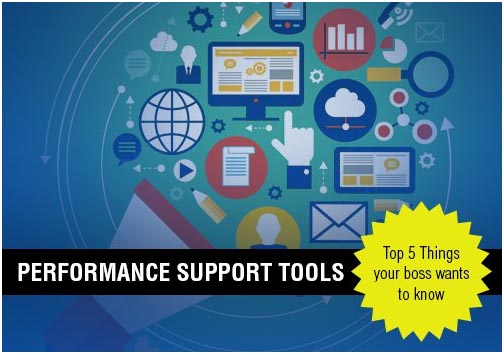
While much has been written and said about the pandemic and its impact on organizations, it represents a once-in-a-lifetime inflection point for L&D’s role in the business. This newly elevated, more strategic role was not solely created by the pandemic, nor is it only in response to it. Instead, it highlighted learning’s critical role in organizations and provided an accelerated path to transform a company’s culture to include a focus on continuous learning.
This cultural transformation represents a variety of opportunities for companies who can do it:
- Adaptability and the ability to learn are critical to an origination’s success.
- Organizational change cannot occur without the development of the workforce. Transformation requires some level of upskilling/reskilling.
- A workforce of lifelong learners will be much more engaged. Top talent will also want to stay if they feel they are being continuously developed.
- Companies cannot expect to hire their way through any transformation. Skills gaps need to be addressedthrough development.
And as this transformation accelerates, it has not become any easier. It can be difficult keeping up with the needs of the business in an increasingly uncertain and volatile world. But again, developing, fostering, and sustaining a culture of learning can make the organization more agile and resilient, lessening the negative impacts of future change.
Brandon Hall Group Smartchoice Platinum Preferred Provider EI works closely with a variety of organizations to help them build armies of lifelong learners. This is not something that can be achieved through a piece of content or a slick technology platform. EI works alongside their customers to change the organization’s DNA. They do this by helping them:
- With measures to make learning a priority for the organization.
- Demonstrate the value of learning to employees.
- Provide a variety of learning experiences to meet a variety of learning needs.
- Design learning that seamlessly integrates with the flow of work.
- Actually teach people how to learn, not just what to learn.
These are obviously just a handful of steps companies can take. As a partner in this journey, EI has frameworks, models, expertise, and experience to help your organization navigate these uncharted waters, drive a shift in employee mindset, and come out stronger on the other side with a fully transformed culture of learning.
– David Wentworth, Principal Analyst, Brandon Hall Group



